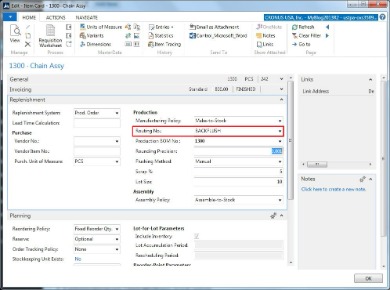Content

Under Section 2042 of the Small Self-employment Tax Jobs Act, a deduction, for income tax purposes, is allowed to self-employed individuals for the cost of health insurance. This deduction is taken into account in calculating net earnings from self-employment. See the Form 1040 or 1040-SR and Schedule SE instructions for calculating and claiming the deduction. However, you must pay the 2.9% Medicare part of the SE tax on all your net earnings. This article is intended to be used as a starting point in analyzing independent contractor taxes and is not a comprehensive resource of requirements.
What is the difference between FICA and self-employment tax?
FICA is the Federal Insurance Contributions Act and it requires employers to withhold Social Security and Medicare taxes from their employees’ pay checks. The employer is then responsible for matching the amount of tax withheld and paying it to the government. Self-employment tax is similar to FICA, which is why it’s often called SECA, but it is paid by self-employed individuals rather than by employers. At the core of both FICA and SECA is the fact that they are Social Security and Medicare taxes. The main difference is who pays the tax. With FICA, it’s the employer who withholds the tax from the employee’s paycheck and pays it to the government. With SECA, it’s the self-employed individual who is responsible for calculating and paying the tax.
The US has tax treaties in place with more than 60 countries around the world. These treaties clarify which country can tax a given stream of income. As a self-employed expat in a country with a tax treaty, you can file Form 8833 to protect yourself from double taxation on your self-employment income. For self-employed expats, the filing threshold is $400. If you’ve earned at least $400 in self-employment income in a single year, you must report it to the IRS. With Greenback, you’ll never be surprised by your tax prep fees. For self-employed expats who are married and filing separately, the threshold is $125,000 in annual income.
Tax Treaties
Schedule C must be completed by sole proprietors, independent contractors, and other small business owners as part of their tax filing. To calculate their quarterly taxes, independent contractors must estimate their adjusted gross income, taxable income, taxes, deductions and credits. It’s often helpful to use the previous year’s federal tax return as a guide. Since self-employment taxes are applied to net earnings rather than your gross income, deductible business expenses will reduce your tax liability. Be sure to track and take advantage of all tax deductions .
How much is self-employment tax?
The self-employment tax rate is 15.3%. The rate consists of two parts: 12.4% for social security (old-age, survivors, and disability insurance) and 2.9% for Medicare (hospital insurance).
I mentioned before that the IRS is stingy about FICA tax, and I wasn’t joking. The IRS makes an additional 7.65% off of the middleman that freelancers did away with. So to ensure they still get their cut, the IRS requires freelance workers to pay both the employer and the employee portions of FICA.
How to avoid or reduce self-employment tax
This approach will help you calculate your net earnings and determine your tax liability in advance. First, you’ll need to calculate your net earnings from self-employment. Your net earnings can be determined by subtracting your business expenses from your gross income. Self-employment tax is meant to pay for the costs usually covered by payroll taxes. This setup means that self-employed individuals must pay tax on their income in addition to paying their self-employment tax. But if all those taxes seem overwhelming, just know there’s hope. The key to lowering your tax bill is through self-employment tax deductions.

Emerald Card Retail Reload https://intuit-payroll.org/rs may charge a convenience fee. Any Retail Reload Fee is an independent fee assessed by the individual retailer only and is not assessed by H&R Block or Pathward. For a full schedule of Emerald Card fees, see your Cardholder Agreement. Supporting Identification Documents must be original or copies certified by the issuing agency.